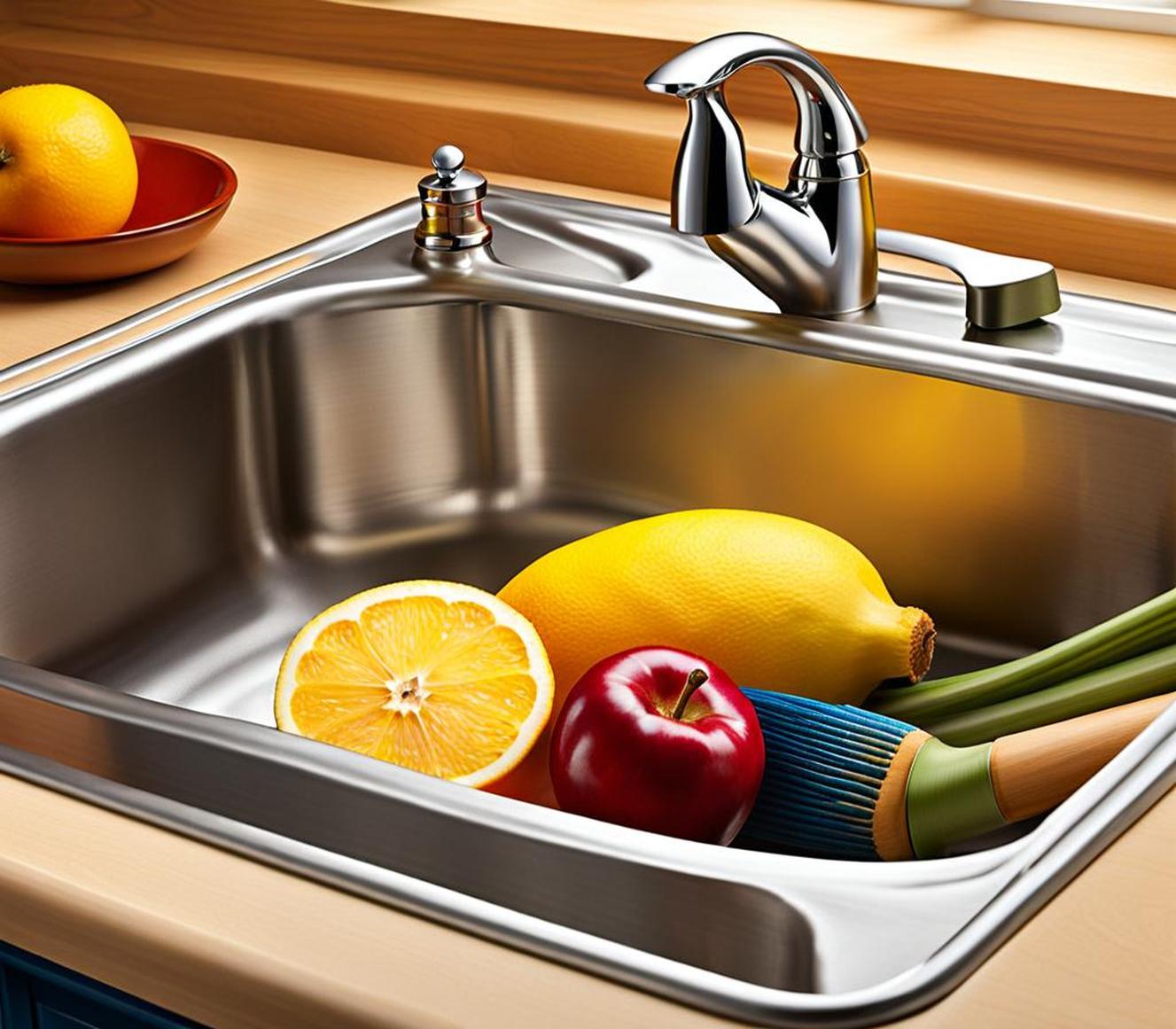Is your kitchen sink blocked and water draining slower than usual? Don’t panic. Clogged sinks are a common issue that can often be resolved with basic DIY methods.
Before you can unclog a kitchen sink, it helps to understand what causes clogs in the first place. Food particles, grease, hair, and soap scum are typical culprits. Over time, they adhere to the inside of drain pipes, eventually forming a mass that blocks water flow.
Preventing Future Clogs
An ounce of prevention is worth a pound of cure when it comes to sink clogs. Here are some habits to avoid blockages down the line:
- Use drain screens to catch food particles and hair
- Limit oil and grease going down the drain – wipe pots and pans first
- Run hot water for a few minutes after washing dishes
- Clean pipes regularly with baking soda and vinegar
But even taking precautions, clogs sometimes happen. When your kitchen sink won’t drain, try these DIY unclogging techniques before calling a plumber.
Step 1: Boiling Water
Pouring boiling water down the drain is an easy, safe first step. The heat helps dissolve grease while the force of the water can dislodge debris. Simply boil several cups of water and carefully pour it down the drain. Let it sit for a few minutes, then flush with more hot water. Repeat as needed.

Step 2: Plunger
If boiling water doesn’t do the trick, grab a sink plunger. Place the plunger over the drain opening and fill the sink with enough water to cover the rubber cup. Vigorously plunge up and down for several minutes to apply force to the clog.
Tip: Cover any overflow drain holes with a wet rag to ensure maximum suction power.
Step 3: Baking Soda and Vinegar
The classic science experiment combo can also break up blockages. Start by pouring 1/2 cup baking soda down the drain. Follow with 1 cup vinegar and let the mixture fizz for 5-10 minutes. The chemical reaction helps dissolve gunk, grease, and even hair. Rinse with boiling water after the fizzing stops.
Step 4: Plumber’s Snake
If you have one, a plumber’s snake (or drain auger) is designed for sink clogs. Feed the flexible metal coil down your drain and twist/push to drive the spiral end through the clog. Slowly crank the handle to advance the snake several feet until you’ve cleared the blockage.
Step 5: Remove the P-Trap
As a last DIY resort, remove the p-trap under the sink. Place a bucket beneath to catch water. Unscrew the trap’s slip joints and inspect/clean the pipes. Replace the p-trap and test for clear drainage.
Warning: Wear gloves as old sinks may have lead solder.
If you’ve tried these methods without success, the clog may require a professional plumber. They have high-powered augers that can reach deep blockages beyond a simple DIY snake. Signs you need pro help:
- Water drains very slowly even after attempts to unclog
- Sink won’t drain at all for multiple days
- You have a sewer odor coming from drains
- You see water bubbling up from other drains
For serious plumbing issues, don’t hesitate to call a trained plumber to avoid damage or health hazards. But when you’re dealing with an ordinary clogged kitchen sink, grab some boiling water and try these proven DIY techniques first!
